Best Times for Land Clearing
Land clearing involves removing trees, shrubs, and other vegetation to prepare a site for development, agriculture, or other uses. Timing is crucial to ensure efficiency, safety, and cost-effectiveness. The optimal time for land clearing varies based on climate, vegetation, and project goals.
Spring offers favorable conditions for land clearing with moderate weather and active plant growth. It allows for quick cleanup before the peak growing season.
Summer can be suitable in cooler regions, but high temperatures and rainfall may cause delays. Proper planning is necessary to avoid weather-related disruptions.
Fall is ideal in many areas due to cooler temperatures and less vegetation activity. It provides a window before winter sets in.
Winter is less common for land clearing in colder regions but can be effective in milder climates. Frozen ground can facilitate easier removal of debris.
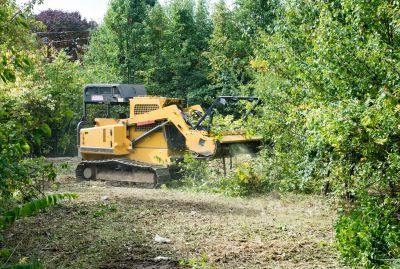
Ways to make Land Clearings work in tight or awkward layouts.
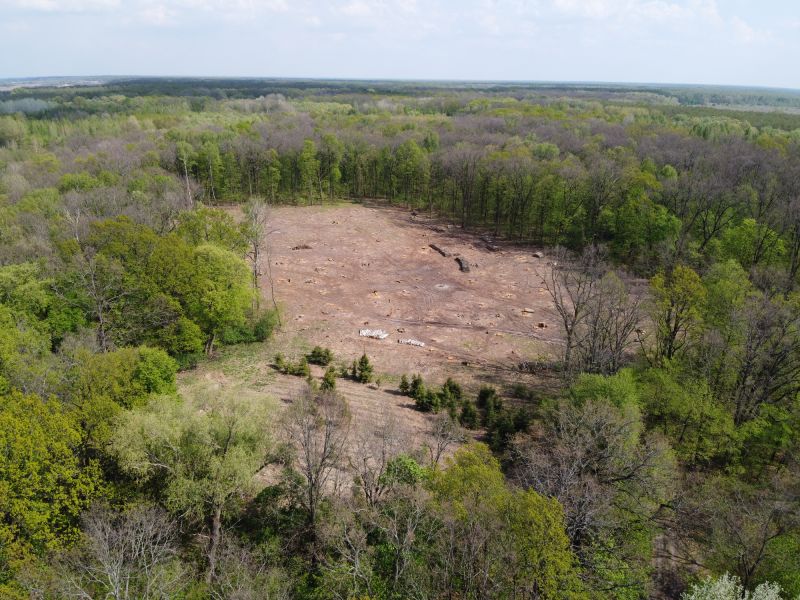
Popular materials for Land Clearings and why they hold up over time.

Simple add-ons that improve Land Clearings without blowing the budget.
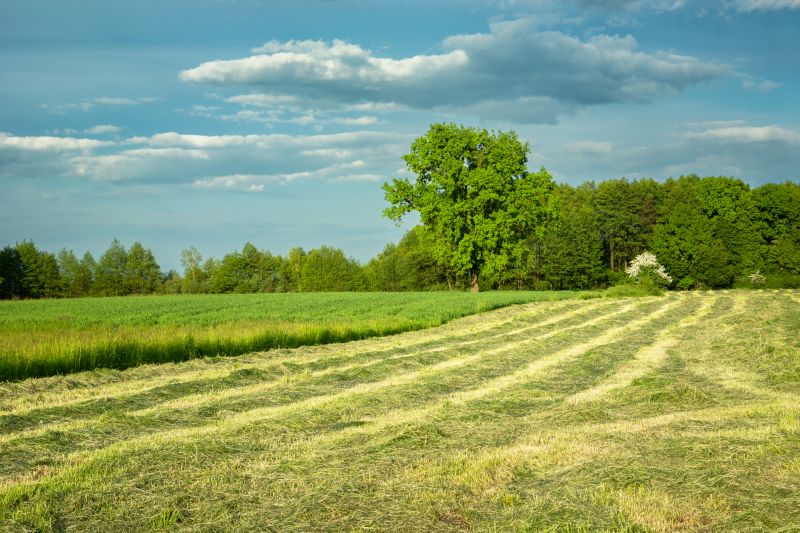
High-end options that actually feel worth it for Land Clearings.
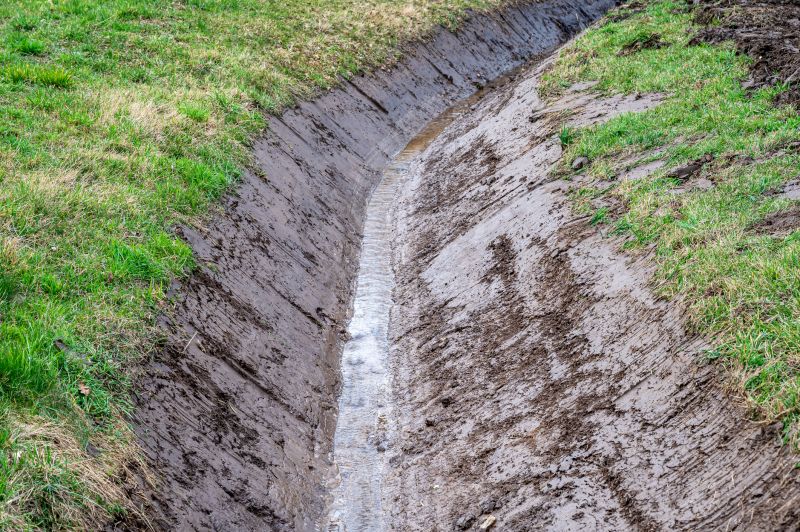
Finishes and colors that play nicely with Land Clearings.
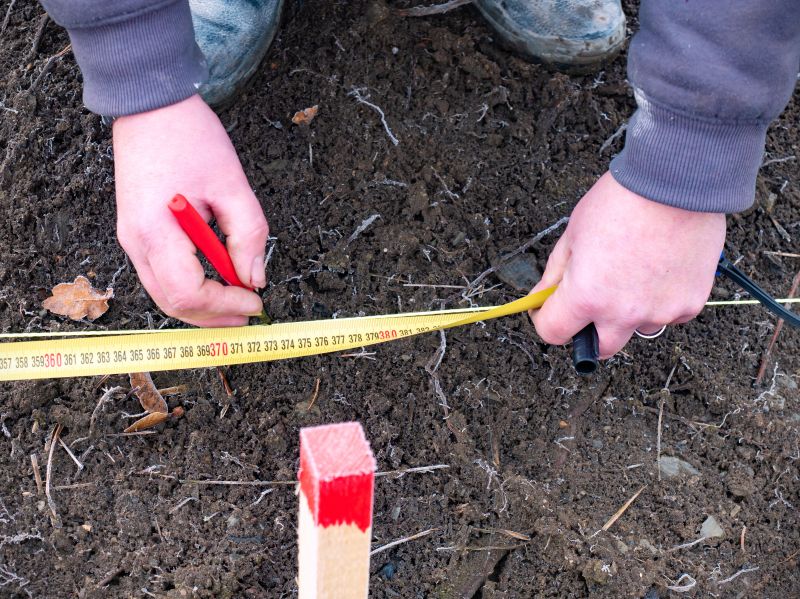
Little measurements that prevent headaches on Land Clearings day.
Effective land clearing enhances the usability of a property, reduces fire hazards, and prepares the site for construction or agricultural activities. Proper timing ensures minimal environmental impact and operational efficiency.
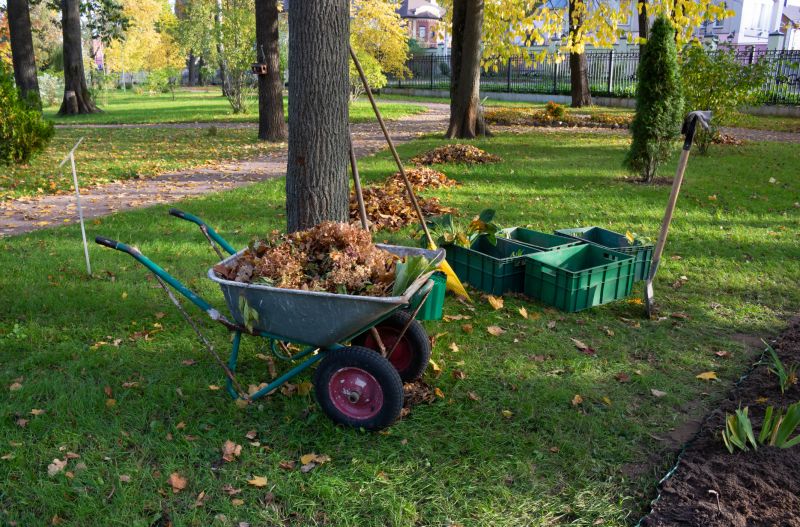
A 60-second routine that keeps Land Clearings looking new.
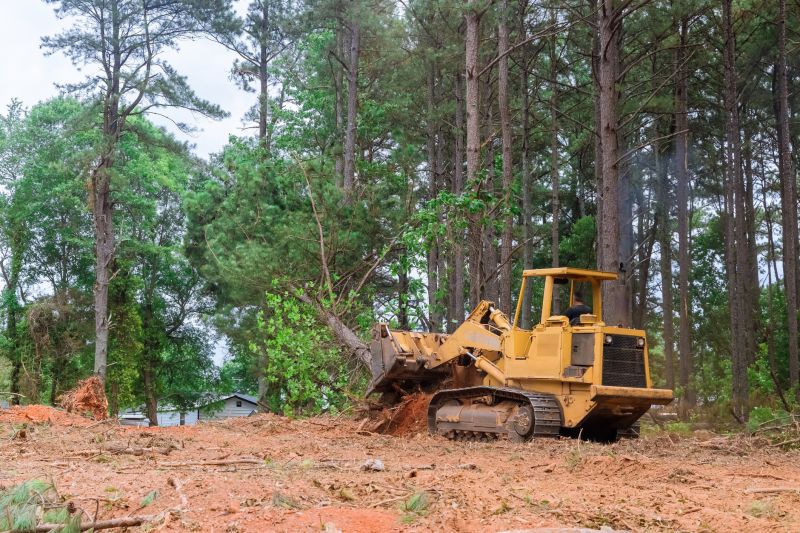
A frequent mistake in Land Clearings and how to dodge it.
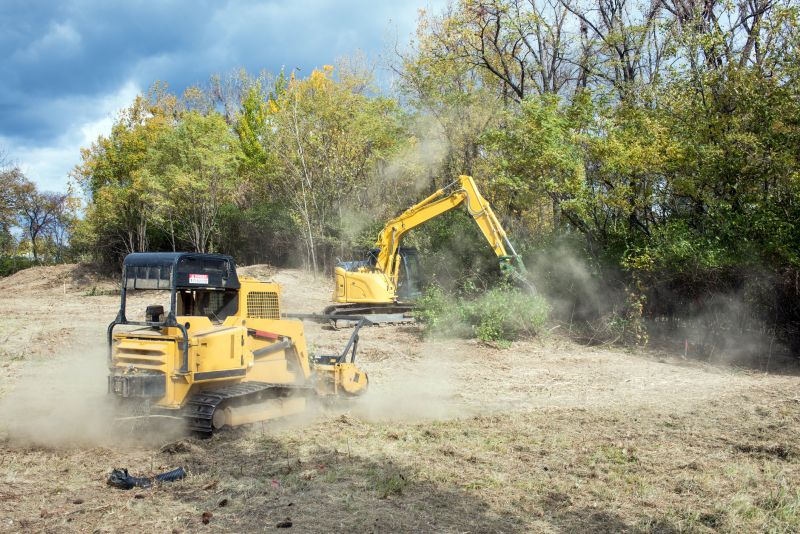
Small tweaks to make Land Clearings safer and easier to use.
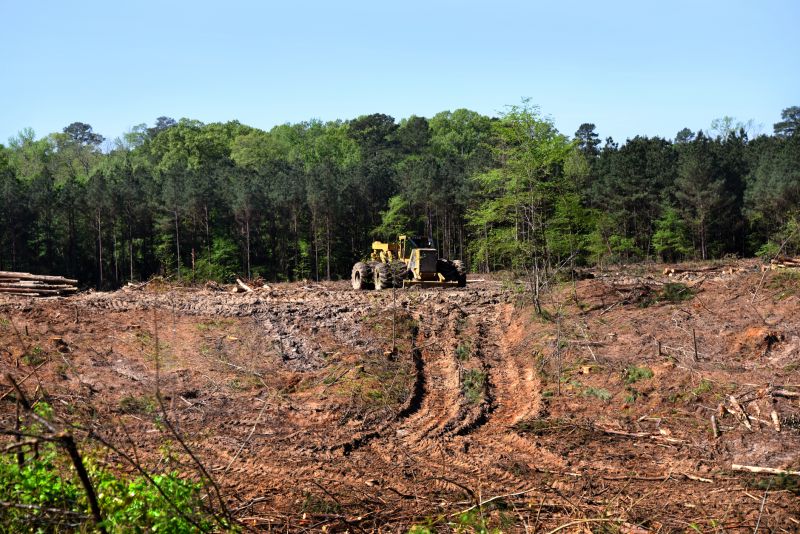
Lower-waste or water-saving choices for Land Clearings.
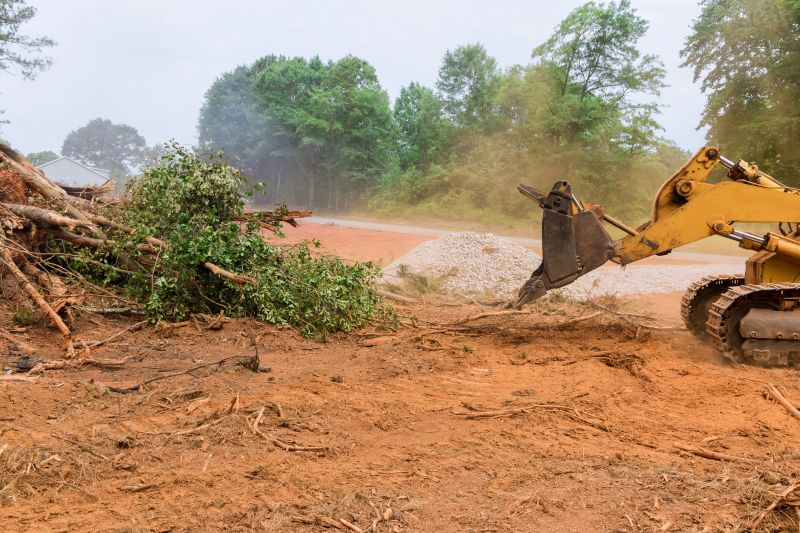
The short, realistic tool list for quality Land Clearings.
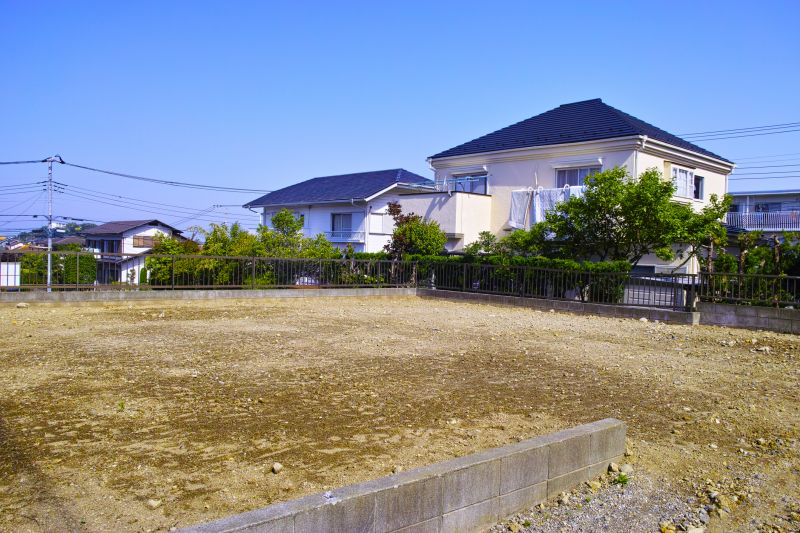
Rough timing from prep to clean-up for Land Clearings.
| Season | Advantages |
|---|---|
| Spring | Moderate weather, active vegetation growth, early site preparation |
| Summer | Longer daylight hours, potential for quick completion in suitable climates |
| Fall | Cooler temperatures, less vegetation activity, good for site cleanup |
| Winter | Frozen ground may ease debris removal in milder regions |
| Dry Weather | Reduces soil erosion and delays due to rain |
| Wet Weather | Can cause delays and soil instability |
Choosing the appropriate time for land clearing depends on local climate patterns, vegetation cycles, and project timelines. Planning ahead ensures the process is efficient, cost-effective, and minimizes potential delays.
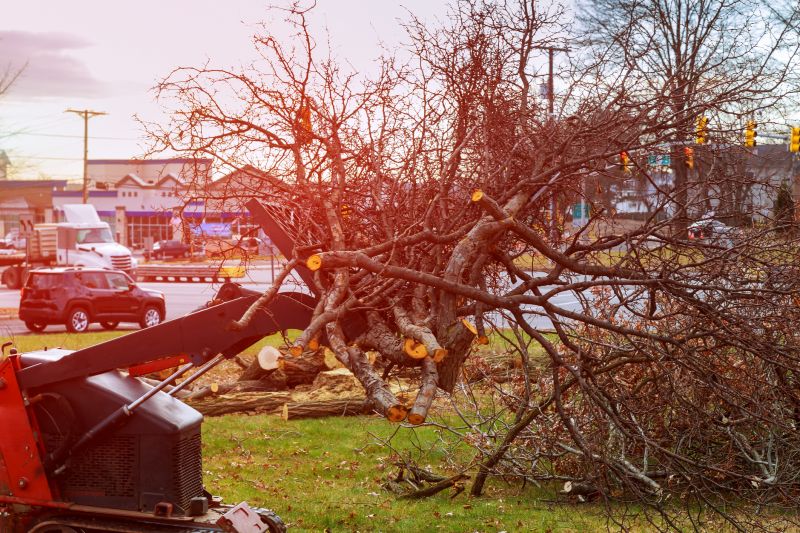
Quick checks and paperwork to keep after Land Clearings.
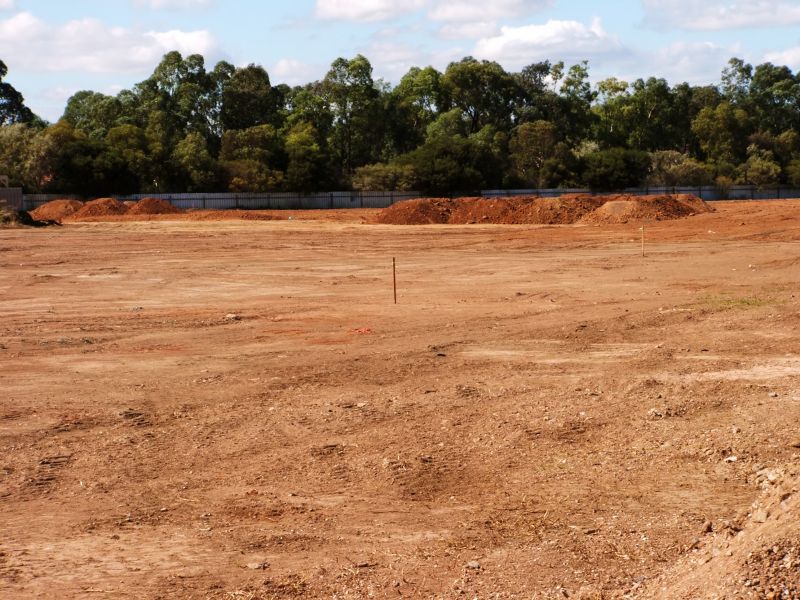
Examples that show the impact a good Land Clearings can make.
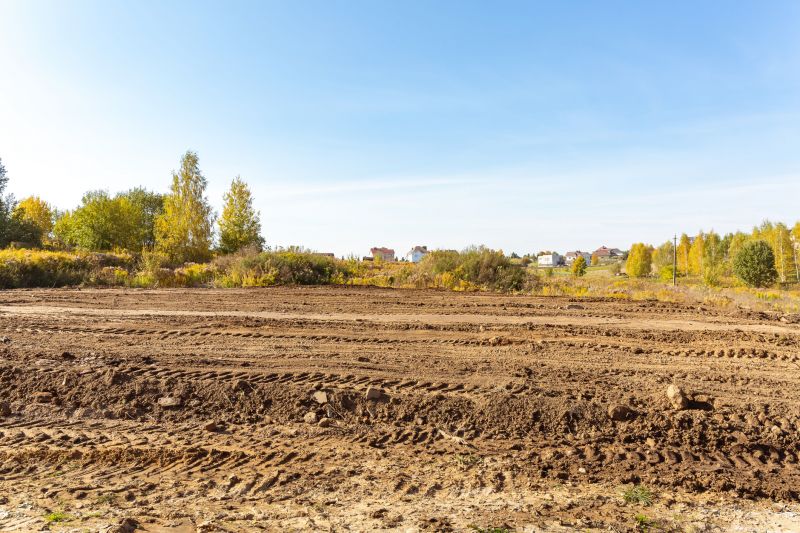
Ways to make Land Clearings work in tight or awkward layouts.

Ways to make Land Clearings work in tight or awkward layouts.

Ways to make Land Clearings work in tight or awkward layouts.

Ways to make Land Clearings work in tight or awkward layouts.
Interested in scheduling a land clearing project? Fill out the contact form to discuss options and plan the best timing for specific site requirements.
